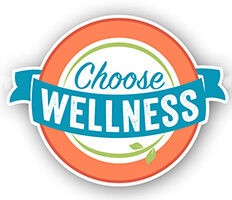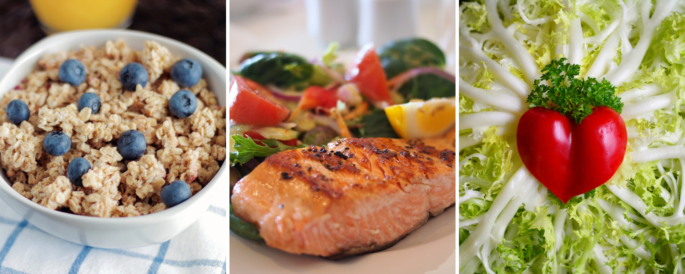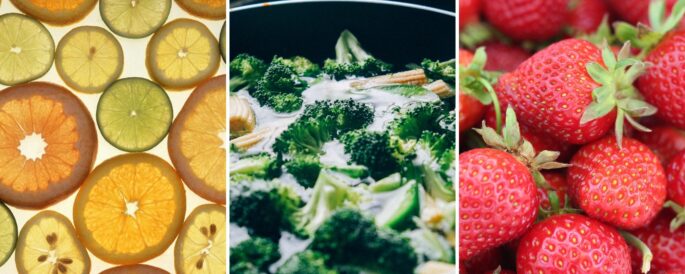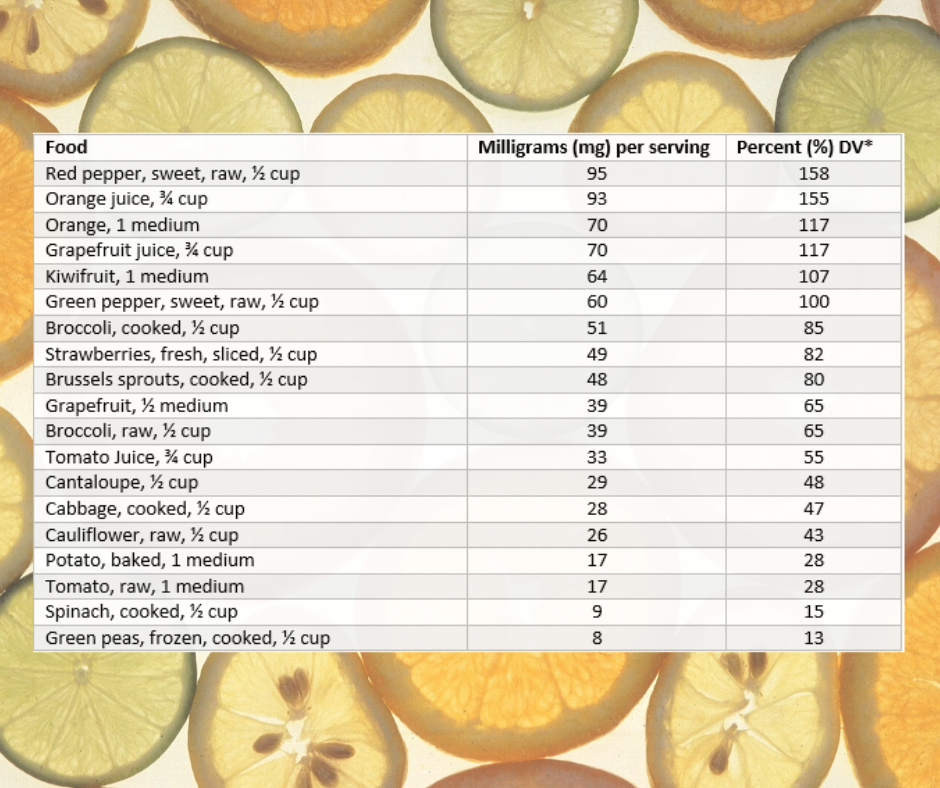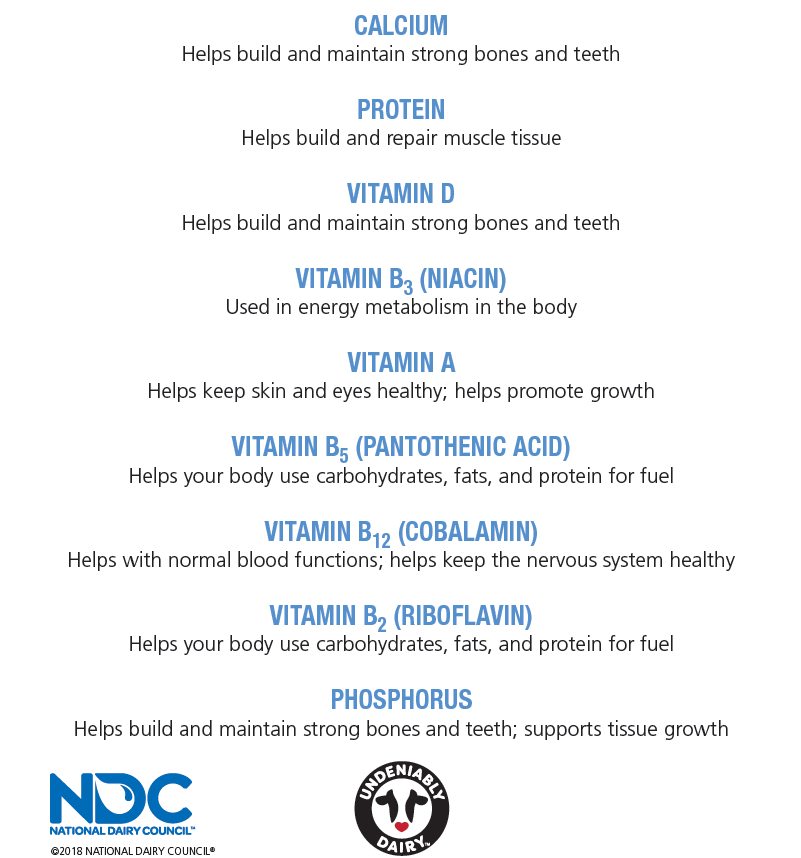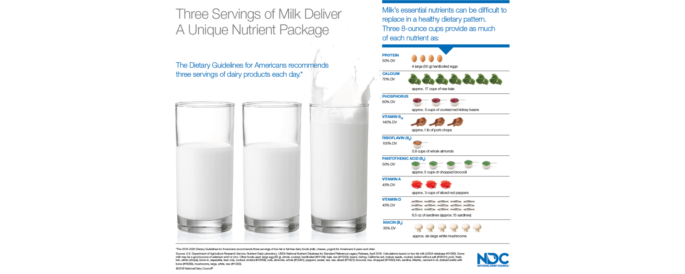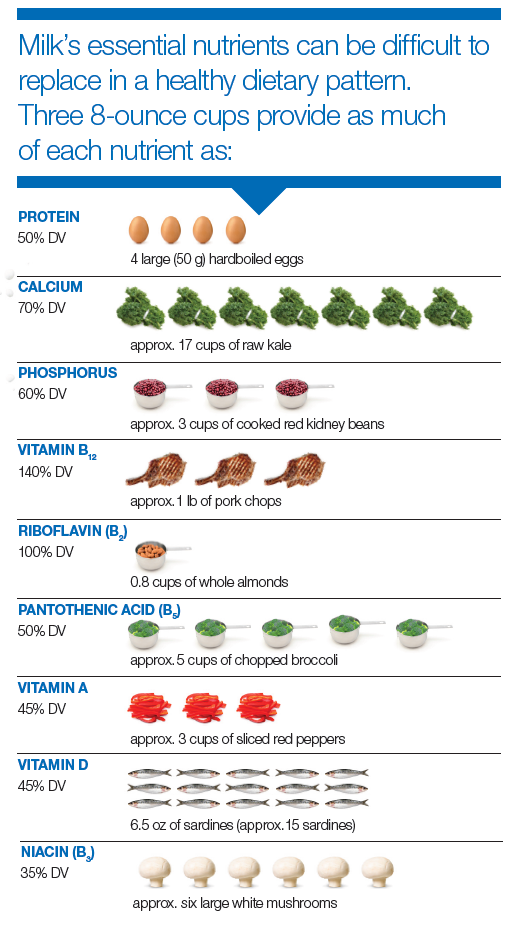For centuries, cultures around the world have revered mushrooms in spiritual ceremonies, as a staple food, and as powerful sources of herbal medicine. With over 1.5 million species identified, only a fraction have been distinguished as “medicinal mushrooms.” Among this group reigns reishi – known to many as the “Queen of Mushrooms” or “Mushroom of Immortality.”
Living up to its illustrious titles, reishi’s wellness benefits have been touted for 4,000 years by eastern sages, Chinese emperors and holistic practitioners alike. Today, there is a good deal of research on reishi and its therapeutic potential in supporting the immune system. With widespread use in supporting a normal immune response, reishi also helps keep the body in balance.*
As an adaptogen, reishi has a deeply rooted history of use to reinforce the body’s capacity to adapt to stress, and as a result, support a healthy immune system.* Understanding reishi’s ability to affect change over time, traditional Chinese practitioners administered reishi as a daily tonic to fortify the body and balance Qi (vital energy).
Traditional Medicinals’ Reishi with Rooibos and Orange Peel tea captures the power of reishi in a surprisingly delightful sweet and citrusy blend. Unlike the white button mushroom’s familiar “shroomy” taste, reishi’s flavor profile is earthy, robust, and grounding. Traditional Medicinals’ herbalists masterfully paired reishi with the natural sweetness of rooibos and bright citrus peel. The result is the perfect grounding cup of tea for all times of the day.
Medicinal mushrooms are not only good for supporting our health, but also for positively impacting the environment. Today, mushrooms are being studied in fascinating research related to environmental clean-up, sustainable building materials, and even saving the honeybees.
For sustained immune support, consider adding this dose of wellness to your daily health routine throughout the year. Its deeply grounding nature makes it suitable for any time of day. For an acute immune boost, reach for Echinacea Plus or Echinacea Plus Elderberry – both featuring herbs to fire up the immune system in the moment you need it most.*
Pour yourself a mug and drink to good health with the “mushroom of immortality.”
Sponsored by Traditional Medicinals
